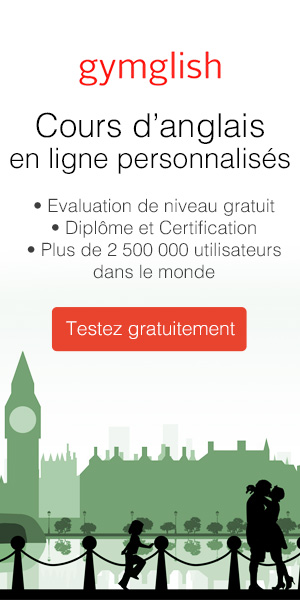Les pronoms relatifs en anglais (which, who, that…)
Ce cours est disponible exclusivement dans le pack des 70 fiches de grammaire + les temps à télécharger en PDF.
GAGNEZ DU TEMPS ! TÉLÉCHARGEZ EN UN CLIC LE PACK COMPLET: 70 FICHES DE GRAMMAIRE + LES TEMPS EN PDF
PLUS D'INFOS_
_
On utilise un pronom relatif en anglais pour faire une description d’un nom ou nous donner plus d’infos sur celui-ci. Cette description est appelée une proposition relative, et elle débute donc grâce à un pronom relatif. Cette description vient après le nom.
Exemple:
- The woman who phoned me last night is my girlfriend. (Nom: ‘The woman’. Pronom relatif: ‘Who’. Proposition relative: ‘phoned me last night’)
- The man who fixed your car is waiting outside. (Le nom est ‘the man‘. Le pronom relatif est ‘who‘. La proposition relative est ‘fixed your car’)
- I saw the dog which ate the food. (Nom: ‘the dog‘. Pronom relatif: ‘Which‘.)
- Nick, who owns a video game store, is waiting for you. (Nom: Nick. La proposition relative nous donne plus d’infos sur lui ‘owns a video game store‘)
Il y a cinq pronoms relatifs en anglais:
- who
- whom
- whose
- which
- that
Who (sujet) et whom (objet) => généralement utilisés pour les personnes.
Whose => pour la possession.
Which => pour les choses.
That => utilisé à la fois pour les choses et les personnes.
Utilisation des pronoms relatifs:
Après un nom, pour préciser de quelle chose ou personne on est en train de parler:
- The house that Tom built is big.
- The woman who discovered radium is a scientist.
- The fourty-year-old man who attempted to rob a bank was arrested.
• Pour donner plus d’infos sur une chose ou une personne:
- My dad, who worked in a restaurant, has always been a great cook.
- Tom, who is 25, has just started a new job.
- We had pizza, which is my favourite meal.
Attention, on n’utilise pas ‘that‘ comme sujet dans ce genre de phrase. On utilise ‘WHOSE’ comme la forme possessive de WHO:
- This is Matt, whose sister went to university with me.
On utilise parfois whom comme l’objet du verbe ou de la proposition:
- This is Matt, whom you met at the party last year.
- This is Matt’s sister, with whom I went to university.
Mais de nos jours, on utilise plutôt who au lieu de whom:
- This is Matt, who you met at the party last year.
- This is Matt’s sister, who I went to university with.
Quand whom et which ont une préposition (from, with…), celle-ci peut être au début de la proposition relative:
- I have an aunt in England, from who(m) I inherited a bit of money.
- We bought a washing machine, with which we washed all the laundry.
… ou à la fin de la proposition:
- I have an aunt in England who(m) I inherited a bit of money from.
- We bought a washing machine, which we washed all the laundry with.
On peut aussi utiliser That au début de la proposition:
- I had an uncle in England that I inherited a bit of money from.
- We bought a washing machine that we washed all the laundry with.
_
©Anglais-rapide.fr – ne pas recopier ces leçons sur d’autres sites !

